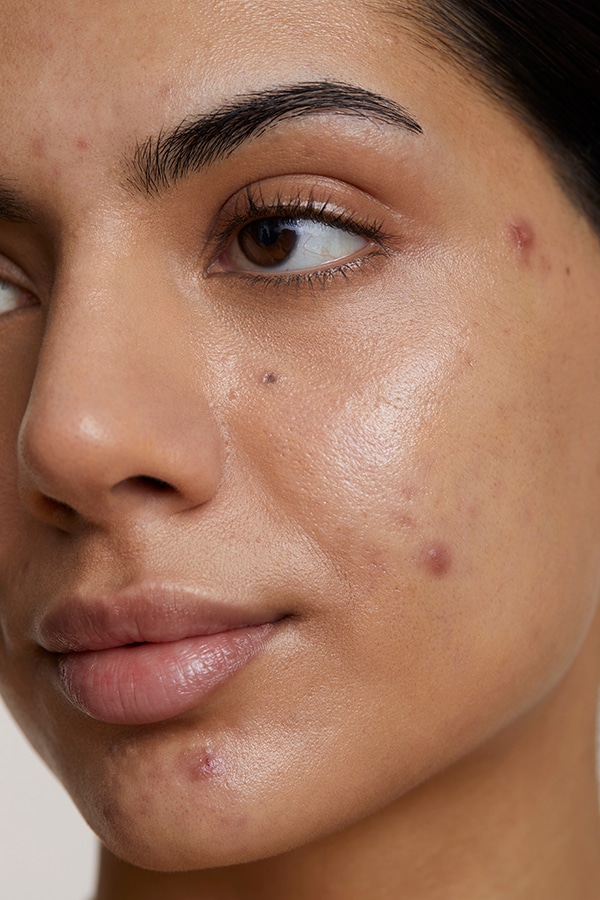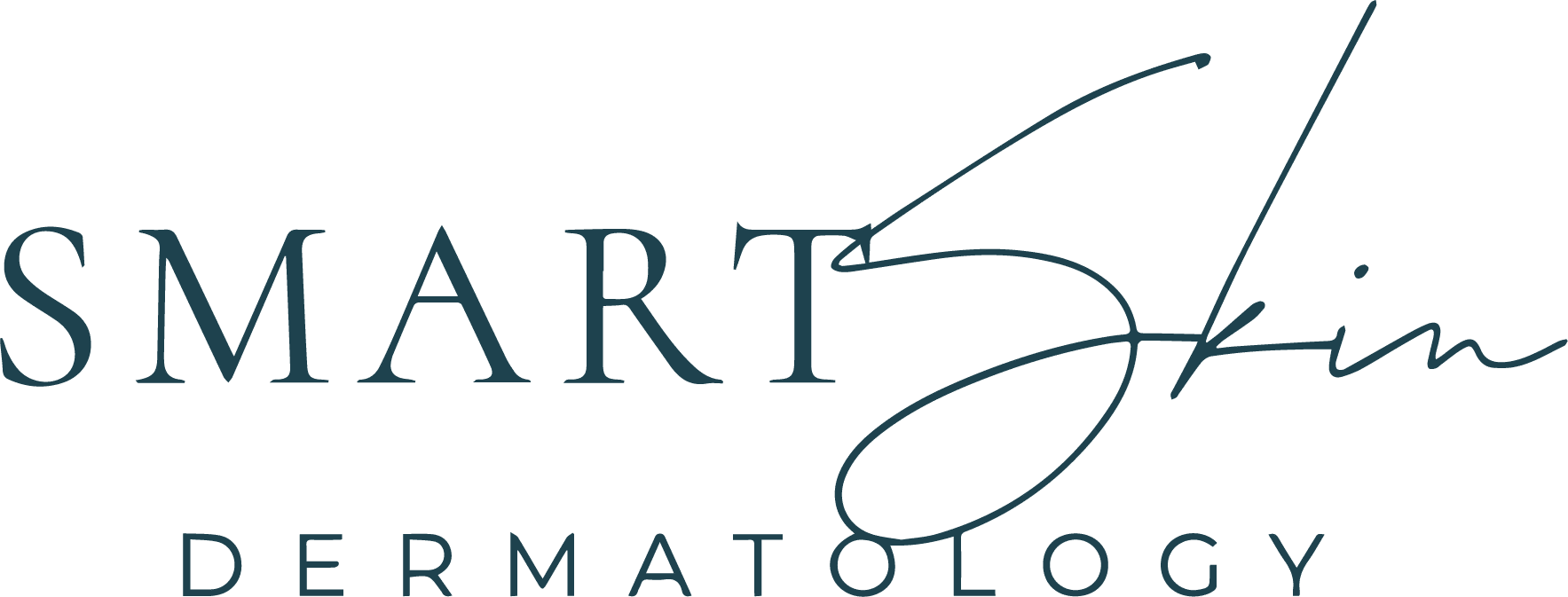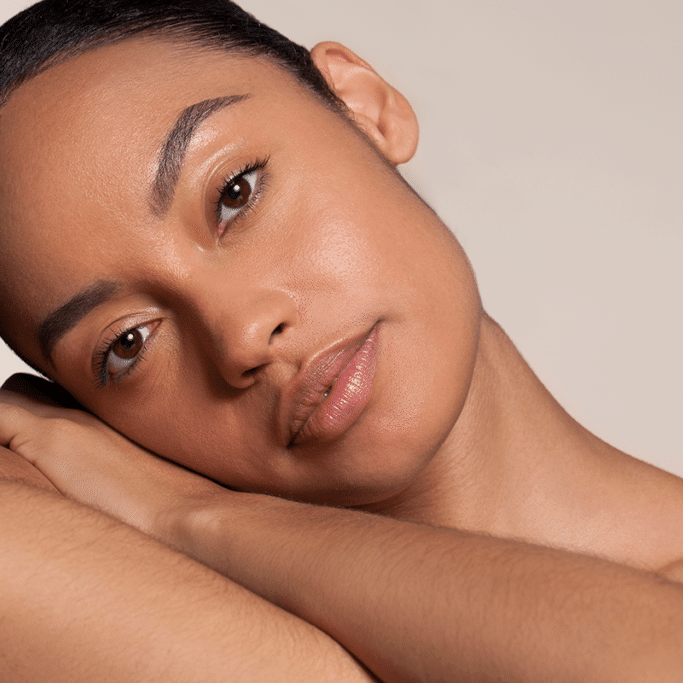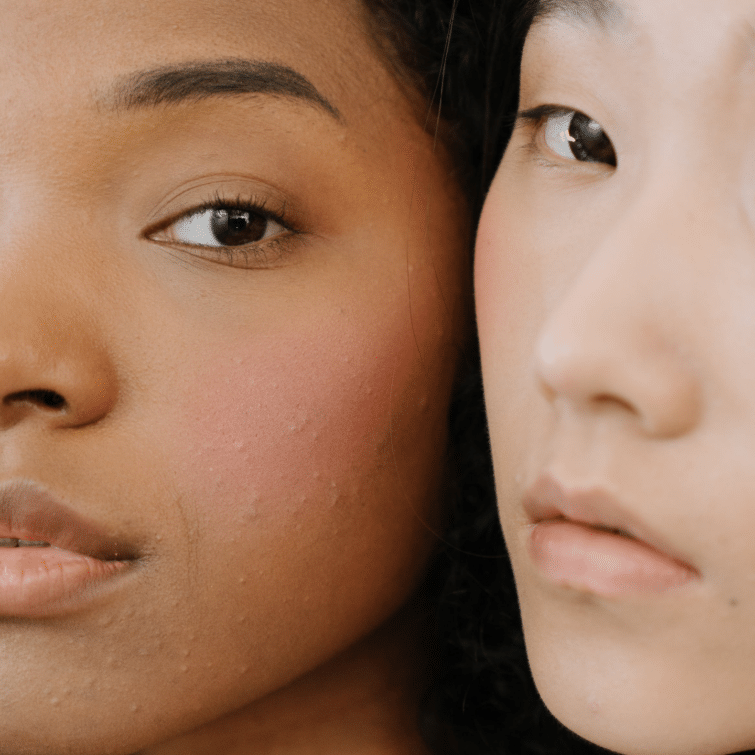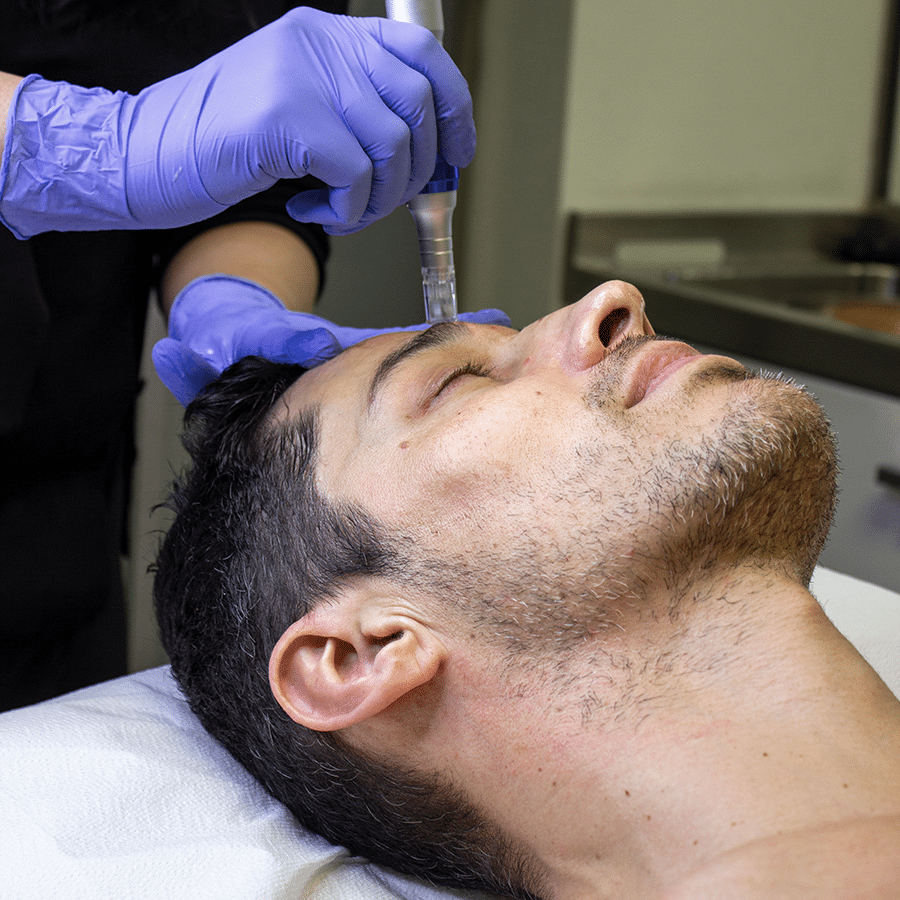Conquering Acne Scars: A Guide to Restoring COnfidence and Radiance
Understanding the Landscape of Acne Scars
Atrophic scars
Hypertrophic scars
Keloid scars
Combating the Scars: Treatment Options for a Clearer Future
The good news is that several treatment options exist for acne scars. The best approach depends on the type and severity of your scars.
For mild to moderate scars
For more severe scars
